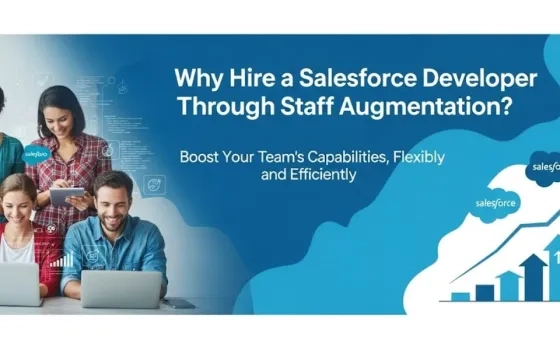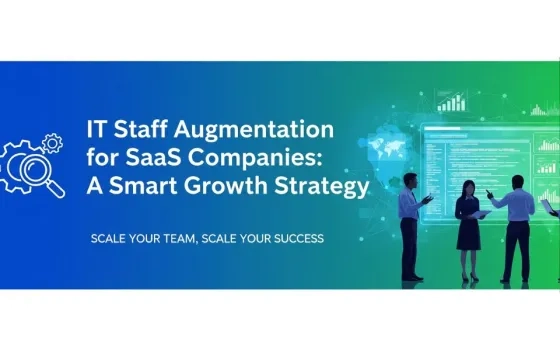The Cloud Trend
By 2020, a corporate “No-Cloud” policy will be as rare as a “no-internet” policy is today.
Cloud-first, and even cloud-only, is replacing the defensive no-cloud stance that dominated many large providers in recent years. Today, most of the technology innovation is cloud-centric, with the stated intent of retrofitting the technology to on-premises. – Gartner.

Cloud computing has become mainstream and the organizations are using the cloud to support some or the other aspect of their business to stay relevant in today’s fast-paced, digitally transforming world.
Various researches and studies have shown that the move is on to a multi-cloud world and that the hybrid cloud is slowly gaining momentum.
The role of Cloud Managed Services Providers (MSP)
Do you know that an aircraft carrier takes five miles to turn itself around 180 degrees and while this carrier is engaging in this quick turn, passengers on board should hold on to something solid to avoid a tilt at a 30-degree angle?
Similarly, move to the digital world is accelerating and organizations are employing the services of expert managed services’ providers who can guide them, take care of what needs to be done and ease their journey to the cloud.
The cloud MSPs are different from other services providers as not just support, they provide guidance to help customers embrace new technologies by guiding them throughout their journey – from cloud migration to management to support to cloud cost optimization, all is taken care of by a Cloud MSP.
A majority of businesses are now on-board the digital economy express, but skills, expertise, and partners are lacking, resulting in a key role for service providers in future digital transformation projects.
Half of all organizations consider service providers as vital for future digital transformation projects. 60% of these look to service providers for sourcing, implementation and management and would be willing to pay a 2x premium for a “one throat to choke” trusted advisor solution – 451 Research.

Markets and Markets – the market research firm, has predicted that the cloud managed services market size is projected to grow from USD 27.15 billion in 2017 to USD 53.78 billion by 2022, at an expected CAGR of 14.6%.
Managed Cloud Services is a mature business sector now and is continuously evolving, but since the requirements of cloud customers are highly different than traditional services’ customers, cloud-managed service providers face few challenges which they need to overcome to realize the full potential of their success.
Top 8 challenges of cloud-managed service providers

- Rapid cloud adoptionCloud is one of the MSPs top opportunity drivers for the future. But nearly two thirds – 62% of respondents cited cloud as one of the things that keep them up at night– CompTIA.Although ironic, MSPs worry about the changing technological trends. They need to adapt quickly to manage different cloud-based solutions while providing value add to the customers. Also, cloud selling requires additional training and specialization that can be time-consuming and costly.
- Changing customer behavior and their rising expectationsCustomers’ rising expectations and their different demands like always on communication and innovative, customized solutions make these millennials quite different from earlier generations of customers.They are well educated and better informed about the digital and cloud-based solutions. This advanced knowledge has changed their buying behavior, resulting in an ‘analysis-paralysis’ paradox- they over-analyze a selling and buying situation which eventually hold them back and delay their purchase decisions. So, this affects the new breed of managed services providers as thinking of new ways to satisfy and add value to their offerings for such kind of customers is a great challenge.
- Commoditization of the sectorCommoditization is still an ongoing fear for many MSPs. It comes from ‘me-too’ scenario, where almost all managed cloud service providers look alike. It becomes difficult for an MSP to outshine in this increasingly crowded cloud marketplace where all are offering similar tools and technologies, and multiple features at decreasing prices.In such a situation, customers wait for the market to shake out and prices to stabilize. Making these customers buy is a challenge for MSPs as these customers find it difficult to identify differences, expertise, and capabilities and tend to go with brands or names they are familiar with. This is a missed opportunity on differentiation for MSPs struggling to stand out from the crowd.
- Consistently providing quality services, without automationProviding quality service, on time and on a budget to customers while maintaining a strong working relationship with them is another biggest challenge for MSPs.A cloud MSP delivers a set of services to the customers either on- demand or on a proactive basis. They need to manage a multitude of internal systems to service their customers and during this, they face multiple communication and interoperability complications.
Having multiple management functions, e.g. pricing management, application discovery, remote monitoring, provisioning, billing, invoicing, backup, support, ticketing, etc. result in recursion, a possibility of inaccuracy and consume more time and cost. Moreover, technical capabilities beyond one or two specialties require major investments in management software or tools.
Here, RackNap can help MSPs win over this challenge as it helps MSPs and Cloud Solution Providers (CSPs) manage all business processes with automation, without the need to invest in multiple software.
- Multiple accounts’ management and cloud billingCloud billing and managing several accounts is another concern for an MSP. With the increased adoption of multi-cloud solutions and services, consolidation and management become quite a challenge for modern MSP. Read about cloud billing and accounting here.Clear visibility across a multitude of customers with multiple accounts, keeping those accounts up to date with customer side changes, straightforward account deployment, proper resource deletion, and customer coordination are some cumbersome, but significant tasks for MSPs.
Also, there is a high probability of confusion if the charges visible on a cloud service console differ from that of MSP invoicing.
- Pricing methodologiesPricing is also tricky for MSPs. What services to offer at what prices? In the quest to win customers contracts, many MSPs are undervaluing their services or constructing pricing models that do not drive maximum profit. Several dangers inherently arise when pricing is artificially low.One, it’s difficult for an MSP to elevate prices to the real market value during contract renewal because customers will balk at a major increase. And secondly, commoditization and margin erosion become a self-fulfilling prophecy as competing MSPs drive one another’s rates down.

- Employee churn and shrinking marginsAs per a CompTIA survey, more than 50% managed providers worry about margin erosion. “Naturally occurring market commoditization accounts for a portion of slimming margins, but some of the blame also falls on MSPs themselves, many of whom continue to compete with one another solely on pricing,” Carlyon April, CompTIA senior director, industry analysis, said.MSPs also face the persistent problem of employee churn. A majority of firms say they lose at least one staff technician to an end-user organization’s IT staff. “Employees who leave are usually seeking more stable hours, better pay or a job that’s more challenging than simply monitoring and waiting for an alarm bell to go off,” April said. “It’s a problem that MSPs will have to address.”
- Applications’ integration and service deliveryOne of the key challenges faced by MSPs revolves around integration between the customers’ application and cloud principles. There are several issues to consider before migrating an application to the cloud – adapting workloads to a different environment, rationalizing the operational lifecycle and maintaining consistent and robust infrastructure and how it will run once it’s off-premises.The tightly coupled applications, hard-coded values, as well as lengthy and manual start-stop procedures are just some of the examples that make operations difficult to manage.
To overcome these challenges MSPs should:
- Understand customers and their needsUnderstand customers and their technology needs. Talk to them and learn about their business needs, future virtualization and their interest in cloud solutions and managed services and identify their cloud buying decisions.
- Create a different and sound business planFor this, you need to introspect your existing skills and competencies. As a mature MSP, your offerings should include ‘must-have’ services and value adds. This will help you build an offering that will make you a true differentiator. Differentiate through superior SLAs for response time, resolution time, and application uptime.Adopt a go-to-market philosophy which is a proven antidote to the ‘analysis-paralysis’ scenario.
- Determine next level of investmentsSome of the obvious technology areas of investments that you should concentrate on are automation, DevOps, advanced analytics, and deep security offerings and cloud-native application design and management.
- Develop a detailed profit and loss (P&L) analysisPrepare a detailed pricing strategy with costs, total operating expenses, detailed breakeven and ROI analysis. Figure out how much to charge and how you’ll bill your customers- per user, per device, per instance, per app, or simply a fixed fee.Decide your SKUs and align pricing with the service offerings you’ve decided to develop. Be sure to factor in changes in seller compensation with the new cloud pricing. Determine what level of service you will offer – that depends on the nature of the managed services as well as your customers’ willingness to pay.

- Become a “cloud orchestrator”“65% organizations consider cloud orchestration and management services important factor to achieve their digital transformation goals” – 451 Research.

The complexity of managing and integrating new IT environments brings with it an opportunity for MSPs as that of “cloud orchestrator”. MSPs who are serving as a conduit for all cloud things for their customers are looked at as indispensable service providers. So, the cloud will help you grow more.
- Leverage a unified management platformHandling multiple cloud consumers while managing different management functions like application discovery, remote monitoring, provisioning, billing, invoicing, backup, support, ticketing, etc. requires a cloud business process management platform.


















